Vietnam market still lacks supply
According to a report by Cushman & Wakefield, Vietnam will reach the 100 million population mark by 2023, becoming the 3rd most populous country in the ASEAN region, after Indonesia and the Philippines, and ranking 15th worldwide .
Meanwhile, the country's urbanization rate increased from 20% in 1993 to more than double in 2022 at 41.7%. Rapid urbanization contributes to economic growth, but also widens the gap between rich and poor.
Housing prices in Vietnam are currently about 20 times higher than the average annual income per capita, making it increasingly difficult for Vietnamese people to own a house. This situation requires rebalancing solutions, specifically developing social housing (NOXH) as a tool to ensure social security and promote the sustainability of the real estate market.
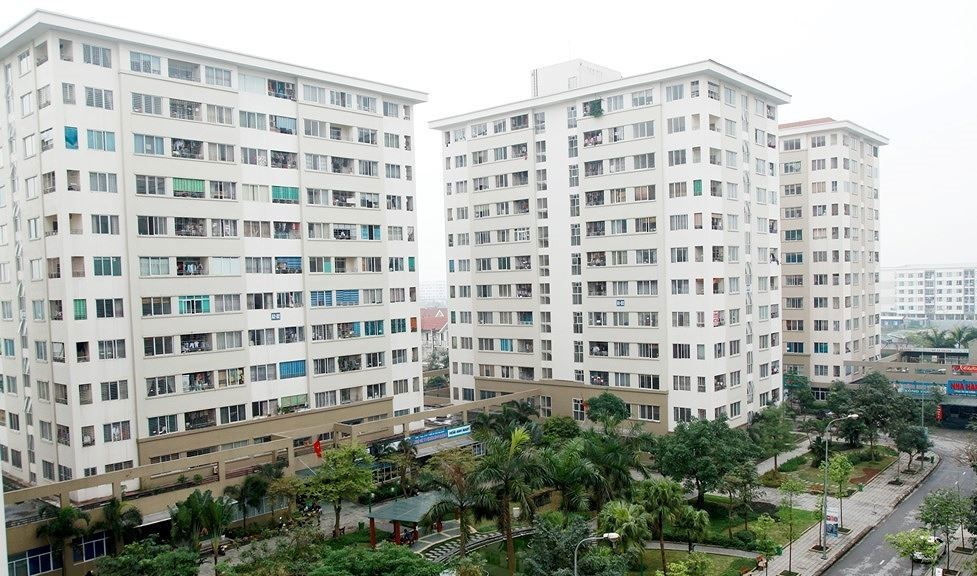
Social housing in Vietnam is being promoted with the goal of 1 million apartments.
Since then, many policies and initiatives have been set to realize this goal and help people improve their quality of life, typically: Project to build 1 million social housing units and workers' housing; credit package of 120,000 billion VND to develop social housing and workers' housing projects; amending the 2014 Housing Law to add many open policies and attractive incentives; and other related policies to promote the development of social housing.
As of the first quarter of 2023, Vietnam has completed 301 social housing projects in urban areas and worker housing projects in industrial parks, with a total scale of nearly 156,000 units. About 401 projects are under construction, with a total scale of about 454,000 units. However, the supply of this type of housing has not yet fully met the demand.
According to a survey by the Ministry of Construction , the demand for social housing for low-income workers in industrial parks is about 2.4 million units for the period 2021 - 2030. Specifically, if we calculate both the existing completed supply and future supply, the market will still lack more than 1 million units, equivalent to 51% of total demand.
Specifically, both the existing completed supply and the future supply will only meet about 20-30% of the total demand. Normally, the social housing model in Vietnam is built in two forms: apartments and houses attached to land. For apartments, there will be three types of areas corresponding to the number of bedrooms, in which, 1-bedroom apartments fall around 46 m2, 2 to 3-bedroom apartments have many areas such as 46-51-57-69 m2. For townhouses, they will be built from 1 to 3 floors and the land area is about 50 to 75 m2.
However, social housing is classified as a priority real estate group, therefore, not all people can buy and own it.
Strategy of Asian countries
As a visionary region, the Hong Kong government (China) applies the “Long Term Housing Strategy” to boost the supply of social housing. This strategy focuses on factors such as: Providing rental options within the existing supply; Increasing the amount of social housing ownership through the existing supply and development of future supply; Regulating land supply and demand to stabilize public/private ownership of assets in the housing market.
Notably, Hong Kong's strategy in its 2018 update increased the public/private ownership ratio of housing supply from 60:40 to 70:30, with a target of 301,000 public housing units between 2023-2024 and 2032-2033.
Unlike Vietnam, due to limited land fund, social housing apartments in Hong Kong are regulated very strictly: "1 to 2 person" apartments will not exceed 18 m2; "2 to 3 person" apartments will not exceed 22 m2; 1 bedroom apartments will not exceed 31 m2 and 2 bedrooms will not exceed 40 m2.
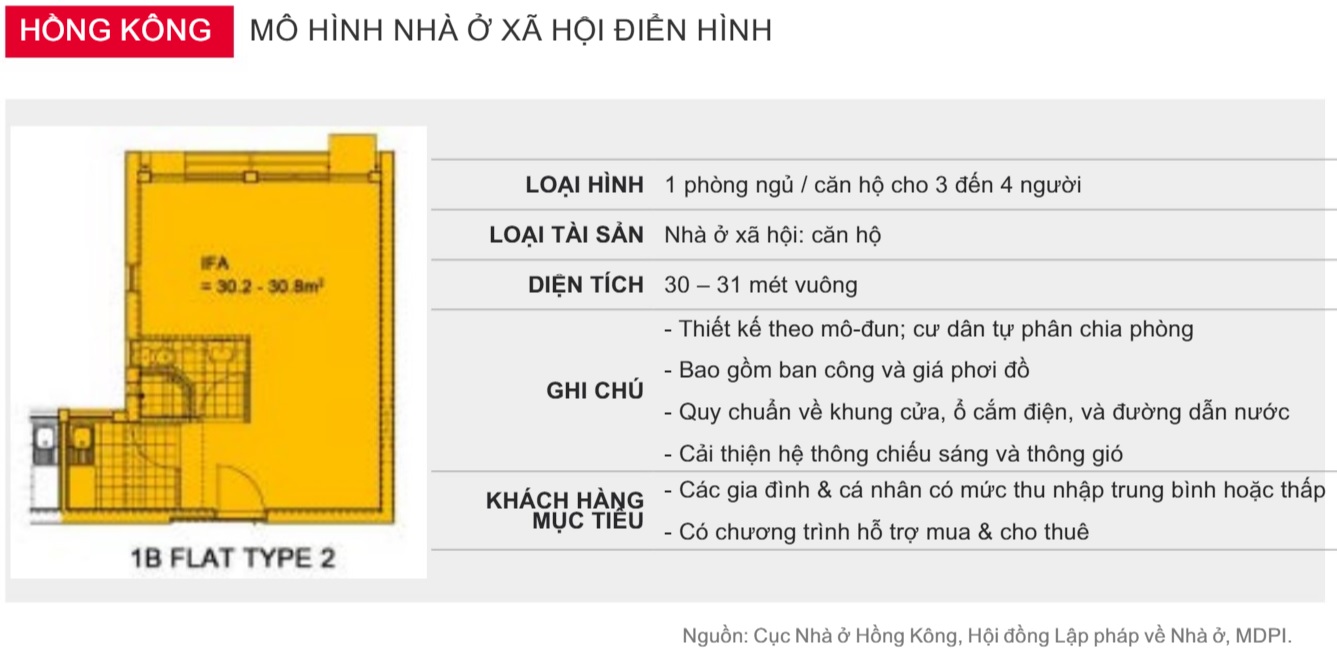
A typical design of social housing in Hong Kong
In comparison, social housing in Vietnam has an additional type of townhouses because there is still a lot of land fund and there are many options and structures suitable for many purposes and needs. In addition, Hong Kong has promoted the public/private housing ratio at 70:30 in the total supply to ensure investment sources for social housing projects. Meanwhile, the Vietnamese market has not yet had specific regulations on this ratio.
In Singapore, a country in Southeast Asia, the government has two main strategies for the social housing program: Accessibility in terms of price and quality; Community and income security.
Affordable and quality is the goal of providing quality assets at affordable prices through financing programs for buyers. The strategy is funded by government bonds and is lent or subsidized to individuals in need.
Community and income security are achieved through investment in public facilities and population allocation. The criteria help to better classify housing demand into housing supply.
Comparing Singapore and Vietnam’s regulations, Singapore is pushing for larger and higher-rise housing projects with public facilities for residents due to limited land resources. Meanwhile, Vietnam is applying policies on social housing construction limits in housing projects, including apartments and townhouses.
In addition, Singapore has stricter regulations than Vietnam on the social housing program with criteria for screening residents and a 99-year ownership regime to help the Singapore government select housing needs that match existing supply.'
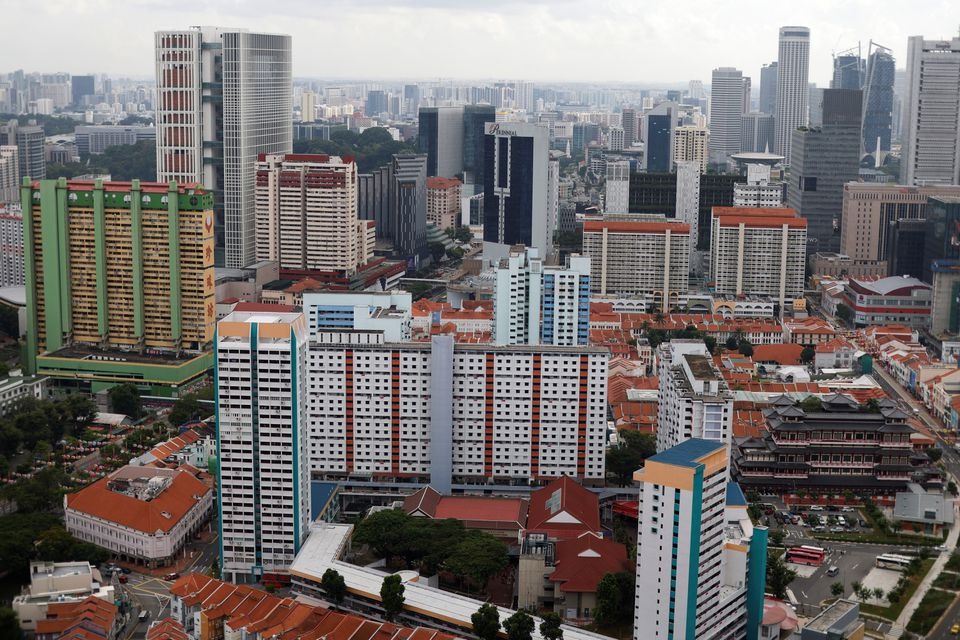
The secondary market for social housing in Singapore is very developed, which also pushes up apartment prices.
In Korea, the government also recognized the importance of the social housing system. In the 1970s, Korea Housing was established with the current name of Korea Land & Housing (LH).
As of 2018, the company accounted for 75% of the total number of social housing units for rent in Korea and directly undertook urban land fund development projects to build and provide social housing for sale or rent below market prices. Of which, social housing for sale is priced at only about 80% of the market price, while rental housing is priced at only 50 to 80% of the market price, depending on the type.
Regarding design, the Korean government does not have specific regulations, except that the apartment area must not exceed 85m2. Therefore, there are many choices: From single-person apartments (21m2), apartments for couples (31m2) to family apartments (44m2) for a young couple and a child.
Comparing the differences, it can be seen that Korea divides the population into 10 income groups, the first group is the low-income group and the tenth group is the richest group. The subsidies are allocated to groups with the following characteristics: Groups that cannot afford to pay rent (group 1, group 2). Groups that cannot afford to buy a house (group 3, group 4). Groups that buy houses with state support (group 5, group 6) and groups that buy houses themselves (groups 7, 8, 9, 10).
Administrative procedures for social housing projects will be greatly simplified. If the project planning is approved by the Government, more than 30 other related legal procedures can be reduced, especially at the document preparation and implementation stages.
Meanwhile, social housing developers in Vietnam will have to go through lengthy administrative procedures and profit margins are limited to 10% or less.
Regarding apartment models, Korea and Vietnam have specific regulations on apartment types and sizes, but do not have specific regulations on apartment layout similar to Singapore and Hong Kong.
Source




![[Photo] Vietnamese and Hungarian leaders attend the opening of the exhibition by photographer Bozoky Dezso](https://vphoto.vietnam.vn/thumb/1200x675/vietnam/resource/IMAGE/2025/5/29/94d8ceca5db14af3bf31285551ae4bb3)
![[Photo] Prime Minister Pham Minh Chinh meets with Hungarian President Sulyok Tamas](https://vphoto.vietnam.vn/thumb/1200x675/vietnam/resource/IMAGE/2025/5/29/dbcaa73e92ea4448a03fe1d0de6d68e8)




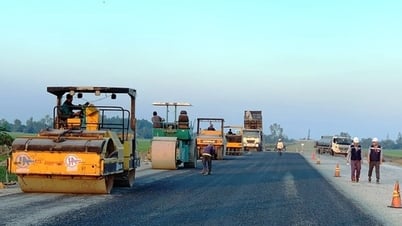

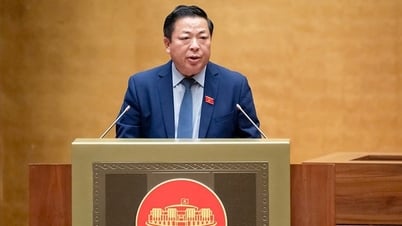

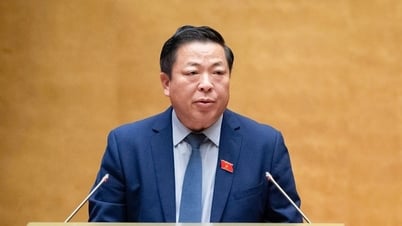












![[Photo] Prime Minister Pham Minh Chinh receives a bipartisan delegation of US House of Representatives](https://vphoto.vietnam.vn/thumb/1200x675/vietnam/resource/IMAGE/2025/5/28/468e61546b664d3f98dc75f6a3c2c880)

























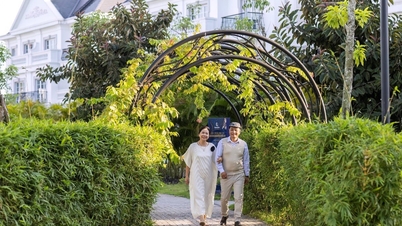

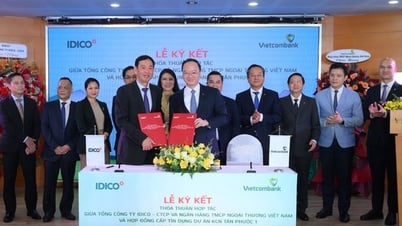
















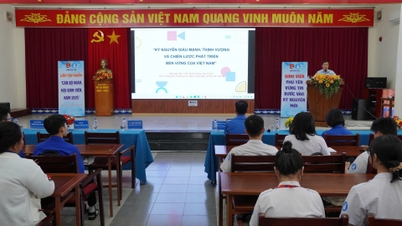















Comment (0)